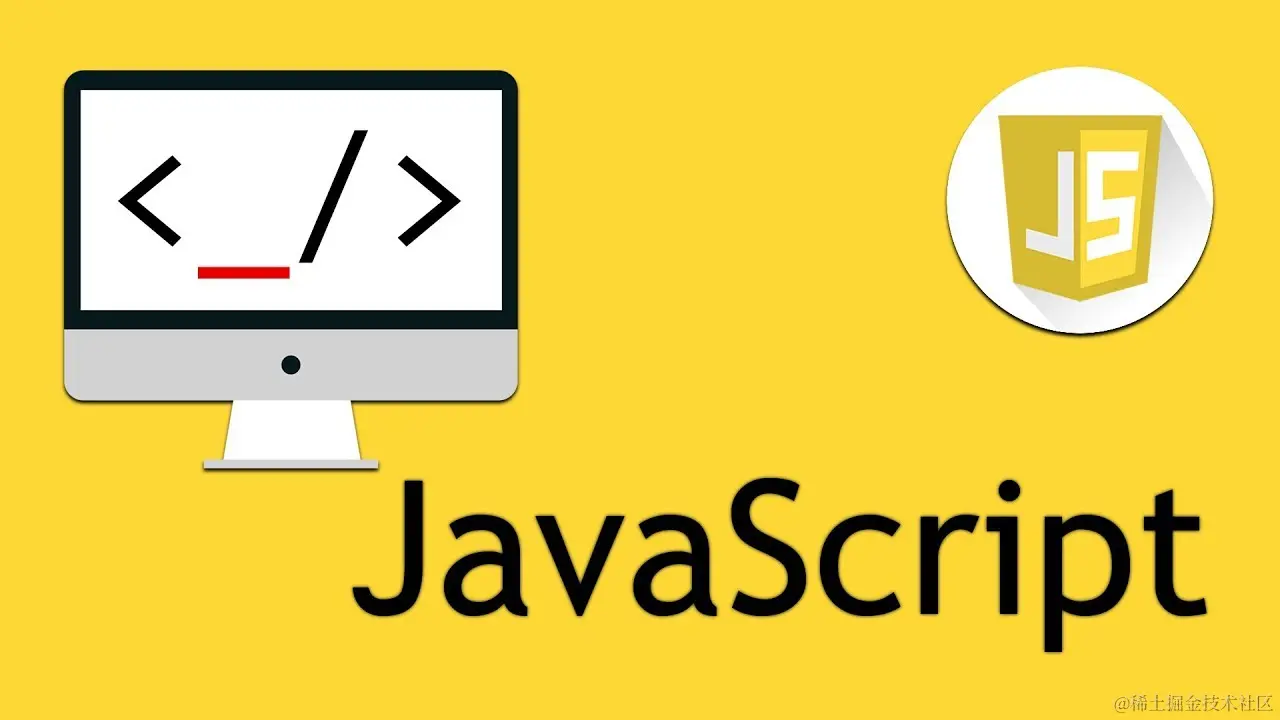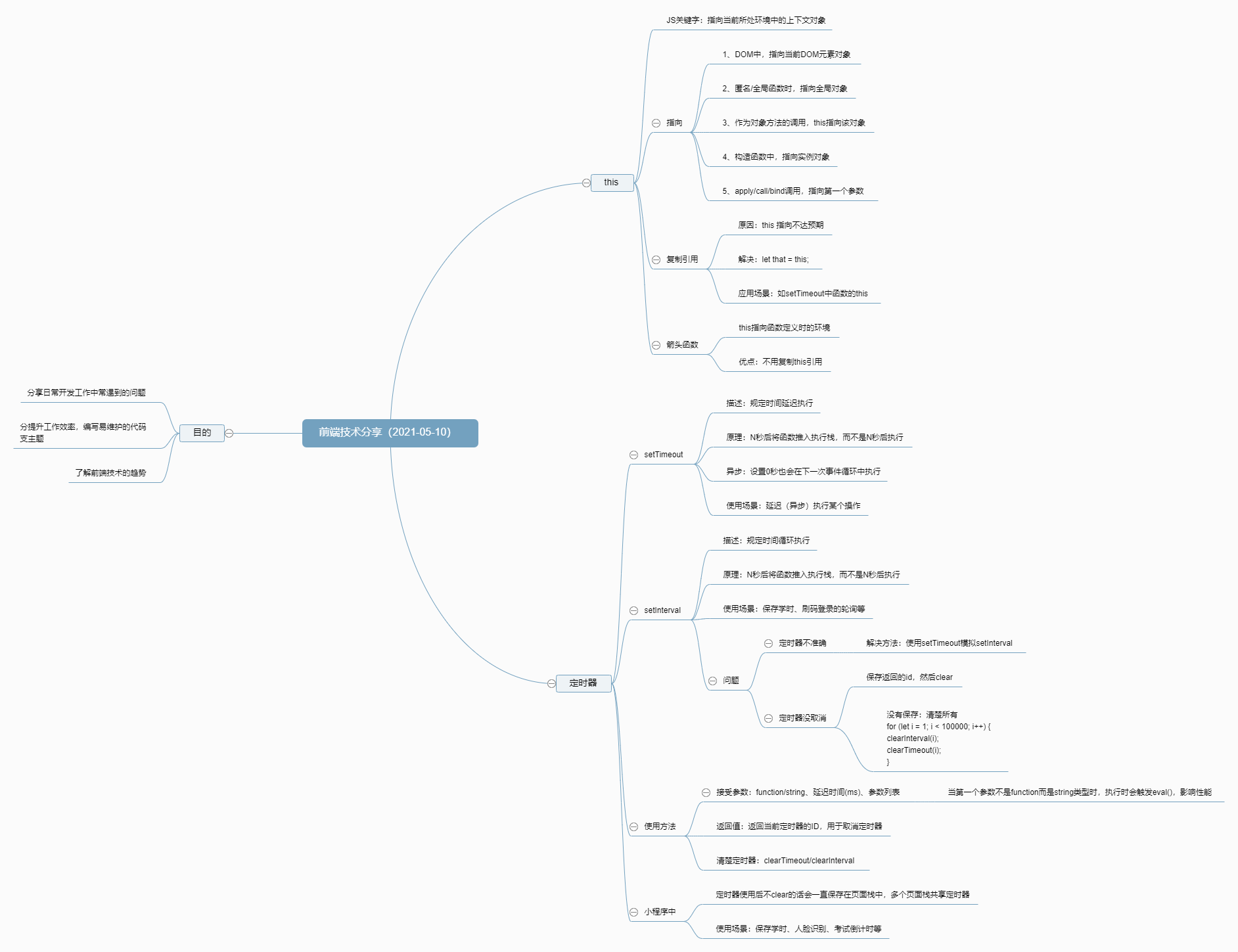kifuan
作者相关精选
使用setTimeout模拟setInterval
前往小程序,Get更优阅读体验!
立即前往
使用setTimeout模拟setInterval

kifuan
发布于 2022-10-24 08:55:59
发布于 2022-10-24 08:55:59
1.8K00
代码可运行
举报
运行总次数:0
代码可运行
关联问题
换一批
源码
前往Github获取本文源码。
介绍
相信setInterval这个东西大火都比较熟了,这里不做关于它的介绍,而是关于本文是如何实现这一功能。
我们通过一个Set来保存定时器的id,当清除时,就把这个id删掉;当每一次调用时,都会检查一下当前id是否存储于这个Set中。
实现
如下:
代码语言:javascript
代码运行次数:0
运行
AI代码解释
复制
const interval = {
_active: new Set(),
_id: 0,
set(callback, delay) {
const id = this._id++
this._active.add(id)
const handler = () => {
if (!this._active.has(id)) {
return
}
setTimeout(() => {
callback()
handler()
}, delay)
}
handler()
return id
},
clear(id) {
this._active.delete(id)
}
}我们用_active这个属性来保存上文提到过的id,其它的就没什么要说的了。
测试
用下面的代码测试它的正确性:
代码语言:javascript
代码运行次数:0
运行
AI代码解释
复制
let count = 0
const id = interval.set(() => {
count++
console.log(`count is ${count}`)
if (count === 5) {
interval.clear(id)
}
}, 500)一般定时器都是自己把自己clear掉,这里也不例外,这种需求应该还挺多的。
这篇文章写着玩的,实际用途没啥用,只是说明了setInterval可以基于setTimeout来实现。
本文参与 腾讯云自媒体同步曝光计划,分享自作者个人站点/博客。
如有侵权请联系 cloudcommunity@tencent.com 删除
评论
登录后参与评论
暂无评论
登录 后参与评论
推荐阅读
编辑精选文章
换一批
相关推荐
为什么要用 setTimeout 模拟 setInterval ?
更多 >领券
腾讯云开发者

扫码关注腾讯云开发者
领取腾讯云代金券
Copyright © 2013 - 2025 Tencent Cloud. All Rights Reserved. 腾讯云 版权所有
深圳市腾讯计算机系统有限公司 ICP备案/许可证号:粤B2-20090059 深公网安备号 44030502008569
腾讯云计算(北京)有限责任公司 京ICP证150476号 | 京ICP备11018762号 | 京公网安备号11010802020287
Copyright © 2013 - 2025 Tencent Cloud.
All Rights Reserved. 腾讯云 版权所有
登录 后参与评论
1










